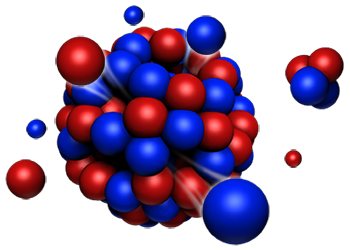Speaker
Description
RF-driven H- ion sources are becoming the preferred technology for driving high power accelerators. The Spallation Neutron Source (SNS) at Oak Ridge National Laboratory (ORNL) employs an RF-driven, multicusp H- ion source. This type of source was conceptualized and developed at Lawrence Berkeley National Laboratory (LBNL) initially for the Superconducting Super Collider project and then for the Spallation Neutron Source project in 1990s to early 2000s. Since the source was delivered to ORNL in 2002, it has been operated and further developed to a highly reliable, long lifetime (several months), persistent high current (>50 mA) H- ion source operating at 6% duty-factor (1 ms, 60 Hz). The Japan Proton Accelerator Research Complex (J-PARC) has developed an RF-driven H- ion source as its accelerator injector based on the SNS ion source RF antenna technology. The LINAC4 project at CERN and the ISIS Neutron and Muon facility in the UK are also developing RF-driven H- ion sources as candidate sources for their respective system or upgrade plan. This talk will present the status of RF-driven H- ion sources for high power accelerators, and discuss the challenges including more effective cesium management, improved handling of the co-extracted electrons, and robust and high efficiency beam transport at high beam current etc.

